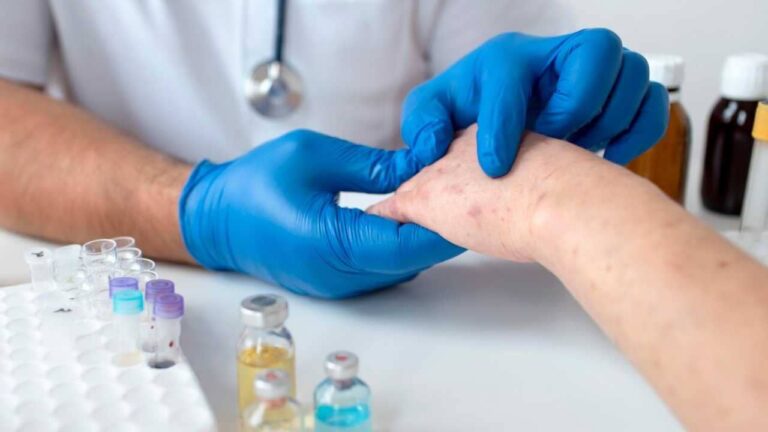While both men and women can contract genital herpes (HSV-2), studies indicate that women have higher transmission rates and more frequent outbreaks compared to men (around 20% of women in the United States are affected by HSV-2, compared to 16% of men).
Let’s explore the factors contributing to this discrepancy and examine possible reasons behind this difference.
Anatomical and Biological
Factors One of the key factors that may explain the higher transmission rate of genital herpes in women is the anatomy and physiology of the female genital organs. The vagina has a larger and more internal surface, with areas conducive to virus replication and greater exposure to infected secretions.
Additionally, the presence of the cervix, which has a vulnerable surface, may facilitate the entry of the virus.
Vulnerability During Pregnancy
Women may also be more susceptible to the transmission of genital herpes during pregnancy. During this period, women’s immune systems are modified to allow for fetal development. These changes can reduce the body’s ability to fight infections, including the genital herpes virus.
Additionally, if a woman is infected with genital herpes during pregnancy, there is a risk of transmitting the virus to the fetus during childbirth.
Hormonal Differences
Hormonal fluctuations that occur in the menstrual cycle may play a role in the higher incidence of genital herpes outbreaks in women. Studies suggest that estrogen levels can affect the immune system, making it less effective in suppressing the virus.
Additionally, outbreaks may be more frequent during certain periods of the menstrual cycle, such as during menstruation or the premenstrual phase.
Social Barriers and Stigma
Another factor that may contribute to the higher rate of genital herpes transmission in women is the presence of social barriers and stigma associated with seeking treatment and prevention. Women may face gender inequalities that hinder access to information about sexual and reproductive health, as well as adequate healthcare services.
This can lead to late diagnosis, lower treatment adherence, and consequently, a higher likelihood of transmitting the infection.
Asymptomatic Infection and Underreporting
Genital herpes often can be asymptomatic, especially in women. Studies indicate that women are more likely to have no symptoms or experience mild symptoms, which can hinder the diagnosis and recognition of the infection. Additionally, underreporting of the infection is also a significant problem. Many women may be unaware of their genital herpes infection, increasing the risk of transmission to sexual partners.
Risky Sexual Behaviors
Risky sexual behaviors also play a significant role in the transmission of genital herpes. While there are no intrinsic differences between men and women regarding the risk of contracting the virus, studies indicate that women may be more exposed to sexual partners who are more likely to be carriers of the virus.
Influence of Coinfections
Women are more susceptible to coinfections such as HIV, which can affect the severity and frequency of genital herpes outbreaks. HIV can weaken the immune system, making women more susceptible to opportunistic infections like genital herpes.
Additionally, the presence of other sexually transmitted infections can increase the transmissibility of the genital herpes virus.
Summary
The higher transmission rate and more frequent outbreaks of genital herpes in women compared to men can be attributed to anatomical, biological, hormonal, social, and behavioral factors.
Female genital anatomy, hormonal changes during pregnancy, social barriers and stigma, asymptomatic infection and underreporting, risky sexual behaviors, and the influence of coinfections contribute to this discrepancy.
To address this issue, it is crucial to increase awareness, provide equal access to sexual and reproductive health information and services, and combat the stigma associated with the infection.
Comprehensive education, gender equality, and empowering women play a vital role in reducing the transmission rate of genital herpes and improving the health and well-being of those affected by transmission.




